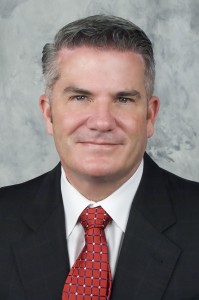Feb 10
2020
Taking The Sting Out of Patient Care Documentation
By Shane Peng, MD, chief clinical services and innovations Officer, IKS Health.

“Not enough time with my provider” or “my doctor isn’t listening to me” are among the top five complaints of today’s patients—and those frustrations haven’t changed much over time. Providers feel these pressures more than ever as they are pushed to provide quality care and patient engagement for less cost, while adding to their clinical documentation requirements with less time to do it.
These and other demands have driven providers to find more streamlined, digital solutions to help them save time, while government regulations (MIPS) and health plan providers have made mandates further increasing clinical documentation and reporting requirements.
These factors have led to the challenges of the last decade as stakeholders attempt to find ways to ease charting and administrative tasks during the patient appointment and unlock physician time. The federal government and commercial payers even offered mandates to encourage providers to onboard new technology aimed at optimizing performance.
Unfortunately, these technologies have not had the effect everyone had hoped for, and in fact, have sometimes amplified physician burdens rather than reducing them. Charting in an EHR can sometimes be time-consuming, difficult, and distracting, particularly when tackled during the constraints of the visit. This has led to physician frustration and stress, and worse, errors, as time pressures mount and they are asked to speed documentation while maintaining accuracy and making the appointment more patient-centered.
To lessen the strain, many providers opt to complete documentation after the appointment, often after normal business hours. However, this can quickly burnout physicians as they work a full day seeing patients and then spend their free time finishing up charts. Most physicians report an additional two hours of documentation time per work day. This can unfortunately also lead to more mistakes because the physician is documenting based on the memory of the encounter, which is inherently flawed in terms of accuracy and comprehensiveness.
It’s clear: “The way we’ve always done it” isn’t working
Although organizations appreciate the need to free physician time and smooth the documentation process, they frequently struggle to determine the best ways to realize change. It can be tempting to fall back on traditional methods like ramping up provider training or tweaking the EHR adding customized templates to hopefully streamline workflow.
However, organizations are beginning to see that these conventional tactics aren’t overly effective, and they need to approach the problem from a different angle. Entities must find means to remove the burden from physicians while still ensuring precise and thorough documentation that supports better patient care, stronger quality reporting and tighter reimbursement.
